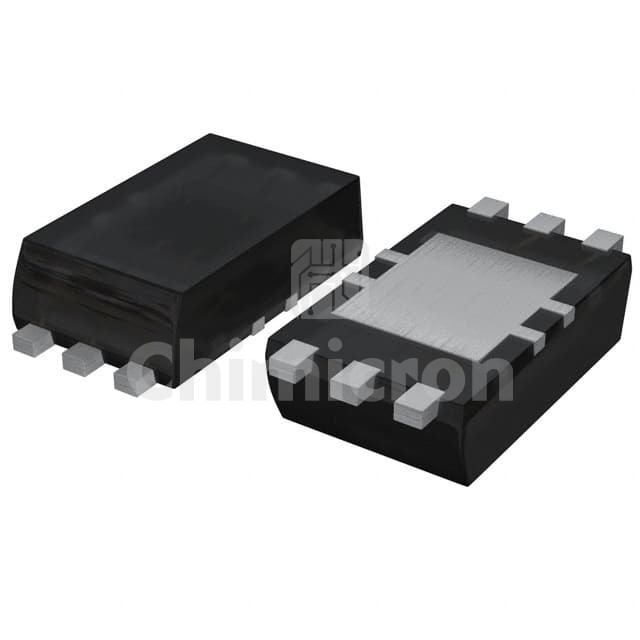An optical sensor is a sensor that measures based on optical principles. It has many advantages, such as non-contact and non-destructive measurement, almost no interference, high-speed transmission, and telemetry, remote control, etc.
It mainly includes optical sensors and instruments such as general optical measuring instruments, laser interference type, grating, encoder and optical fiber type. It is mainly designed to detect the presence of objects, or to perform motion detection in various industrial, automotive, electronic products and retail automation.

The working principle of the optical sensor
the light-emitting diode illuminates the sampling surface, and the image to be sampled with strong contrast is imaged on the CMOS through the lens. The CMOS converts the optical image into a matrix electrical signal and transmits it to the DSP. The images of the sampling period are compared and analyzed, and then a displacement distance signal is sent to the interface circuit. The interface circuit integrates and processes the displacement signal sent by the DSP, and the displacement signal that has been passed into the computer is further processed by the driver, and finally the displacement of the cursor is formed in the system.
Features
1. Adopt low power consumption architecture
2. It can be produced by surface mount technology
3. Automatically adjust the power saving mode to extend battery life
4. High-speed mobile detection up to 20ips and 8G
5. Automatically adjust the frame read rate to optimize performance
6. Motion detection pin output
7. Built-in oscillator circuit, no clock input required
8. Choose from 500 or 1,000cpi resolution
9. Operating voltage range: 2.7V to 3.6V rated
10. Four-wire serial connection port
11. Adopt Pb-Free environmental protection lead-free package and meet the requirements of RoHS standard

